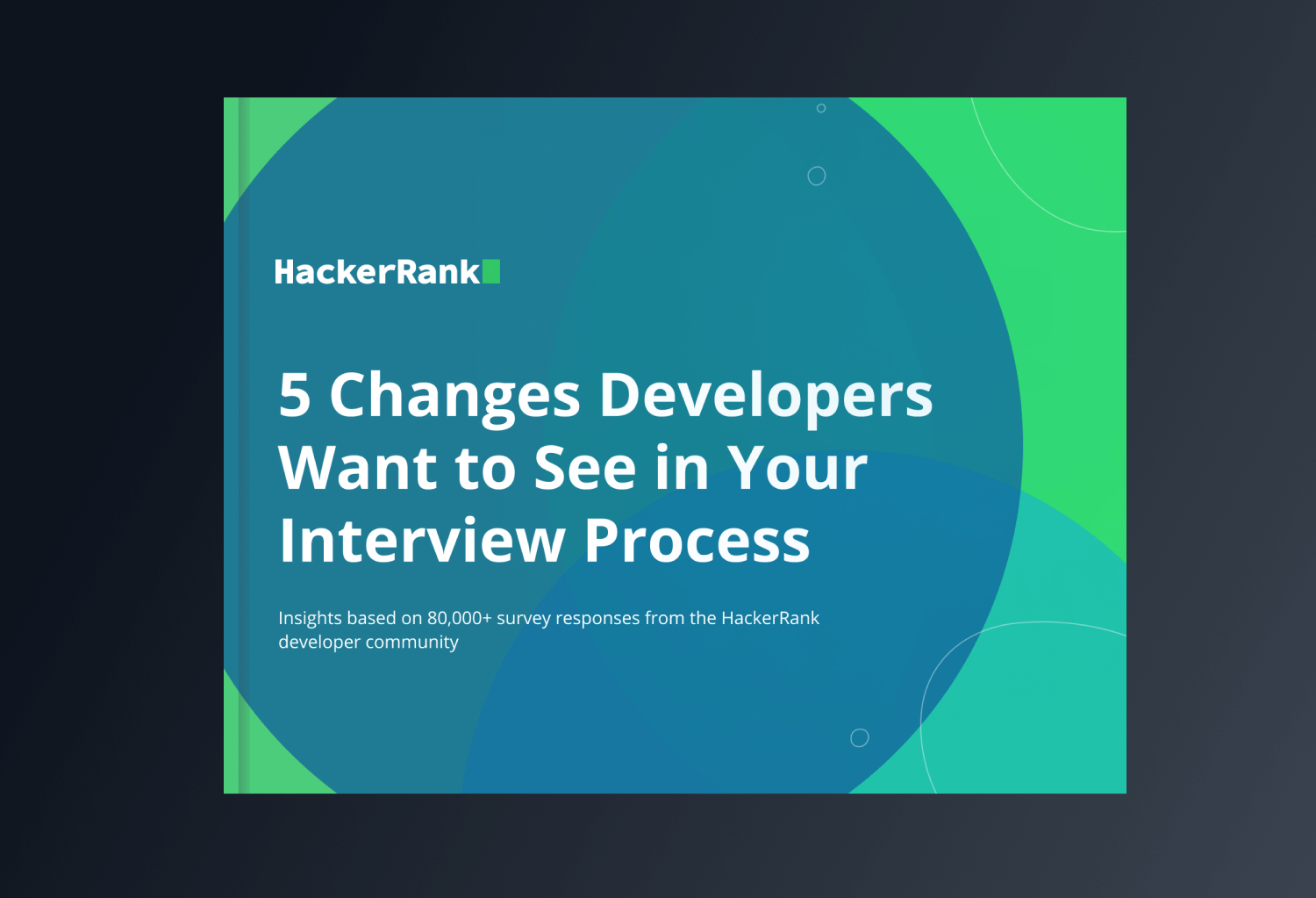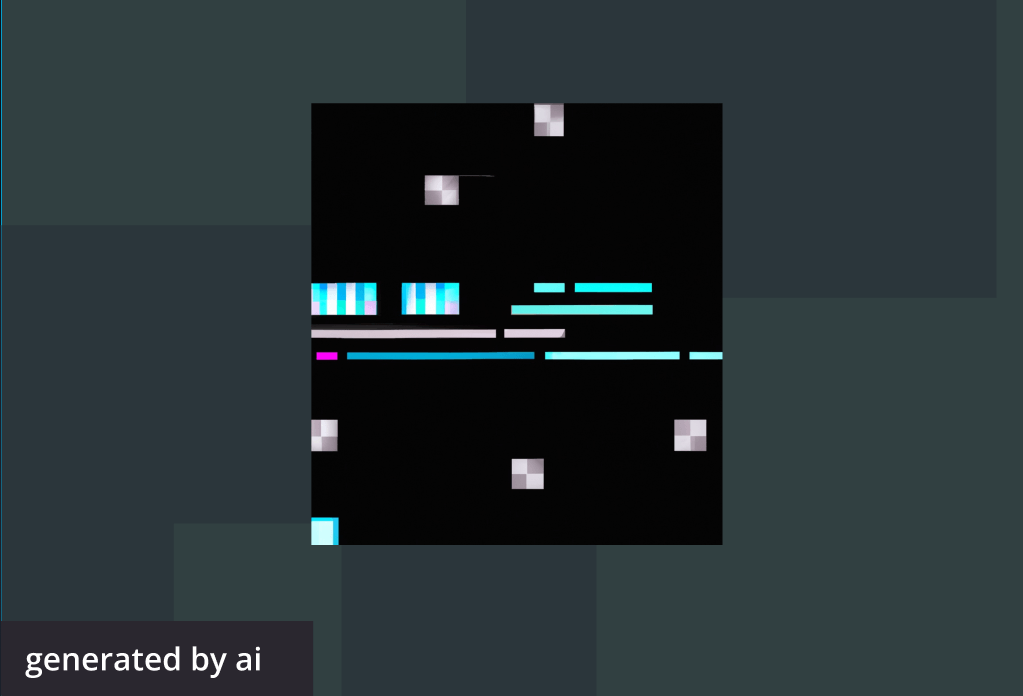Roles directory / Web Development
Back-End Developer
Overview
Back-end developers are responsible for the development of server-side web environments. They build and maintain the systems and databases that power websites, and ensure that data is secure and accessible.
Also known as:
Software Engineer-Backend, Server-side Engineer
Skills
- Problem Solving Basic
- SQL Intermediate
- REST API Intermediate
- Technical Communication
- Code Quality
- System Design
Typical years of experience
0
Back-End Developer
| 190 | Role-related questions |
|---|---|
| Unlimited interviews | |
| Interview templates |
Resources
Learn more about
HackerRank
HackerRank



